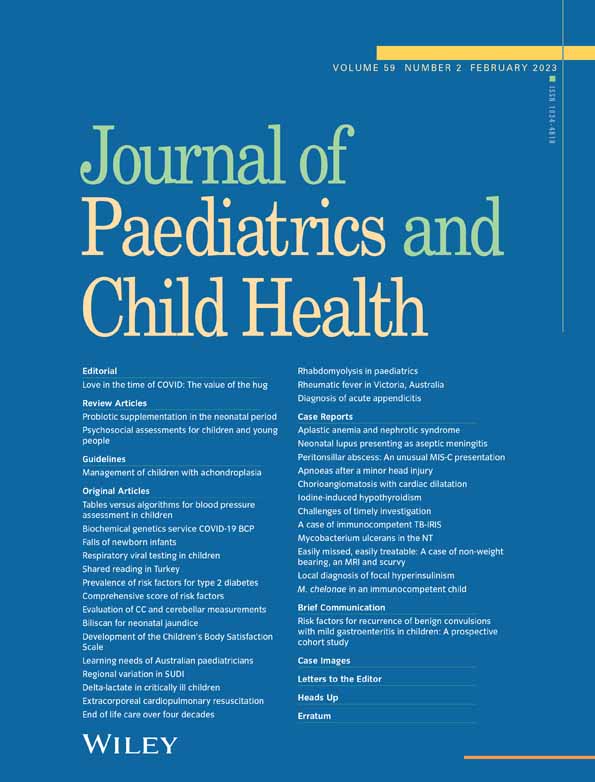Social determinants of increased risk of cardiovascular disease in cancer survivors
edited by Craig Mellis ([email protected])
Adolescent and young adult cancer survivors (aged 15–39 years) are at increased risk of developing cardiovascular disease. The causes of increased risk include drug toxicity, but the contribution of socio-demographic and modifiable factors is unknown. The current case–control study sought to fill these gaps.1 Researchers used self-reported data from the US National Health Interview Survey (2009–2018) to identify 4766 cancer survivors (≥2 years after diagnosis) and 47 660 age-matched and sex-matched controls.1 The data compared included socio-demographic factors (sex, race/ethnicity, income and education) and modifiable risk factors (diabetes, body mass index, smoking and physical activity). The rate of cardiovascular disease was significantly higher in survivors than in controls when analysed by sex, race/ethnicity, income, education, smoking status and physical activity. Poverty, defined as an annual household income <US$50 000, disproportionately increased the odds of cardiovascular disease. Any moderate-to-vigorous intensity physical activity compared to no regular physical activity lowered the odds of heart disease in survivors (odds ratio (OR) 0.61; 95% confidence interval (CI) 0.45–0.81) and in controls (OR 0.68; 95% CI 0.61–0.77). Thus, socio-demographic and modifiable risk factors increase the odds of cardiovascular disease in cancer survivors. Regular exercise is protective against heart disease both for cancer survivors and controls.




